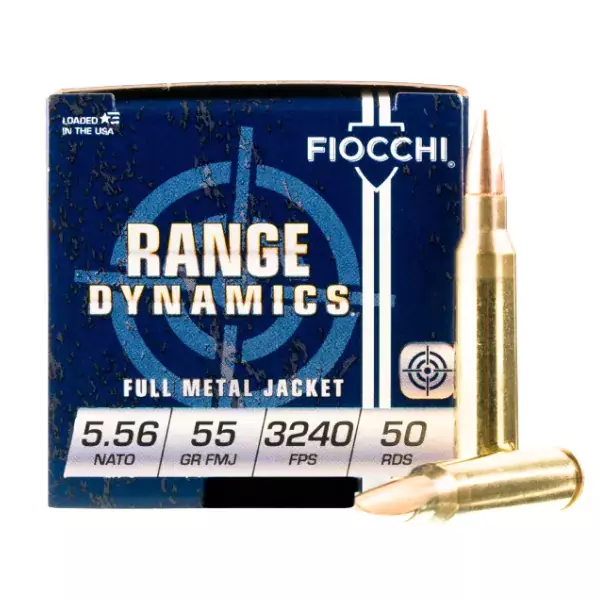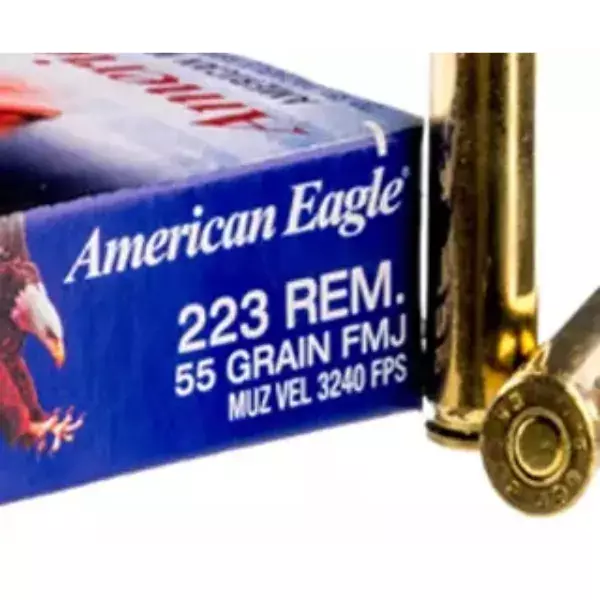Steel Target Selection
🔫BULLETS VS AR500🎯

TARGET THICKNESS CALCULATOR

Calculate Your FPE
Use the bullet energy calculator above to find your bullets energy.
Enter bullet speed at target or muzzle velocity for a worst-case scenario.
Tip: If you don’t know bullet speed or weight, Google “[Your Ammo] + Ballistics” or check the ammo box.
Chatbot: Our chatbot (lower left) knows all popular ammunition and what thickness targets you'll need.
Just ask it.

The Case For Steel Targets
🗽Veteran Owned & Operated | USA-Made AR500
Steel targets have a higher upfront cost than paper, but they’re a lifelong investment in sharpening your shooting skills.
Ammo is expensive, have more fun shooting and get better training in less time with steel targets!
Instant feedback as sound and movement
Shooting steel is far more engaging than paper
Experts agree steel provides better training in less time
🎯 Target Thickness Guide
| Steel / Thickness | AR400 1/8" | AR400 3/16" | AR500 1/4" | AR600 5/16" | AR500 3/8" | AR500 1/2" | AR500 5/8" |
|---|---|---|---|---|---|---|---|
| Max Bullet Energy | 150 ft lbs | 300 ft lbs | 700 ft lbs | 1750 ft lbs | 2100 ft lbs | 4000 ft lbs | 8000 ft lbs |
| Max Bullet Speed(at Target) | 2850 fps | 2850 fps | 2850 fps | 3000 fps | 2850 fps | 2850 fps | 2850 fps |
| Typical Use | PCP / Pellet / .22LR | .22LR / Air < 300 fpe | Pistol < 700 fpe | Rifle / Pistol < 1750 fpe | Rifle < 2100 fpe | Rifle < 4000 fpe | Rifle < 8000 fpe |
Golden Rules
Follow the golden rules and your targets will last a lifetime.
No steel-core or steel-jacketed ammo
Keep bullet speed under 2850 fps at impact
Choose target thickness to match your ammo (see table)
Angle targets downward to improve safety and longevity
Ball ammo is easiest on targets
Always wear safety glasses
-
NO;
-
⚠️ A 16" AR15 with 55gr ammo can exceed 2850 fps at 100 yards – the threshold where pitting begins.
-
📏 Longer barrels = more velocity = more potential damage.
-
✅ To reduce pitting:
🔹 Back up an extra 25+ yards
🔹 Use heavier (slower) ammo
-
🔧 At 100 yards, minor pitting is likely but not a safety issue with 55gr from a 16" or shorter barrel.
-
🔄 For pistol use at close range, keep one side smooth and flip when needed.
📣 Note: Steel hardness varies by batch. One target may pit sooner than another.
There's no hard line at 2850 fps — Some may pit a bit slower, some faster, it’s a guideline.
🔁 If you're seeing pitting, increase distance or switch to heavier / slower ammo.
-
-
-
🏆 Follow the golden rules above and your AR500 steel targets can last a lifetime.
-
🛡️ AR500 is tough – built to handle high-impact stress and extreme cold…
-
❗…but it’s not indestructible. Treat it right and it’ll serve you for years.
-
-
Understanding Pitting on AR500 Steel
-
❌ Pitting has nothing to do with thickness.
-
🔥 It’s caused by extreme heat at the bullet impact point.
-
💥 Rounds over 2000 fps striking the edge of a target can cause edge chipping.
-
♨️ Heat expansion and contraction lead to surface pitting over time.
-
⚖️ Thicker targets may pit more—they're heavier and absorb more heat since they don’t move as easily.
-
🛠️ Angle mounting (with some movement) reduces heat buildup and improves safety.
-
⬇️ Always angle targets downward when possible to deflect lead safely and minimize damage.
-
🧱 The AR500 rating is what allows our steel to handle high-velocity hits.
-
🆚 Whether it's 3/16" or 3/8" AR500, both can pit if hit too fast—but 3/8" can absorb more force from heavier rounds.
-
-
🎯 Choose the Right Target
-
📏 Go big and thin:
Larger, thinner targets ring louder — especially important for smaller calibers.
(Example: A 4" x 5/8" gong won’t make much sound with a .22)
-
🔊 Harder steel = louder hits:
AR600, AR500, and AR400 ring out clearly thanks to their hardness and superior resonance — even with pistol rounds.
-
-

🧱 Edge Chipping – Why It Happens
⚠️ Cause:
Edge chipping on AR500 targets is normal with bullet speeds over 2,000 fps.
Harder steel + higher velocity = more edge damage.
🪵 Flat Faces Hold Up:
Target faces handle up to 2,850 fps with minimal surface marks.
🔍 Why Edges Chip:
-
🚫 No material behind the edges for support
-
🔥 Laser cutting hardens the edge, making it brittle
🛡️ Is It Dangerous?
No. Chips don’t create craters, so they won’t redirect lead dangerously.
At 2,000+ fps, bullets vaporize on impact — no harmful debris.
🔧 What You Can Do:
-
🚀 High Velocity: Nothing fully prevents edge chipping over 2,000 fps
-
🎯 Target Size: Larger targets (like 30") see fewer edge strikes
-
🔁 Longevity: Flip your target if edge damage appears — it rarely transfers through.
Your target will still last for years
-
